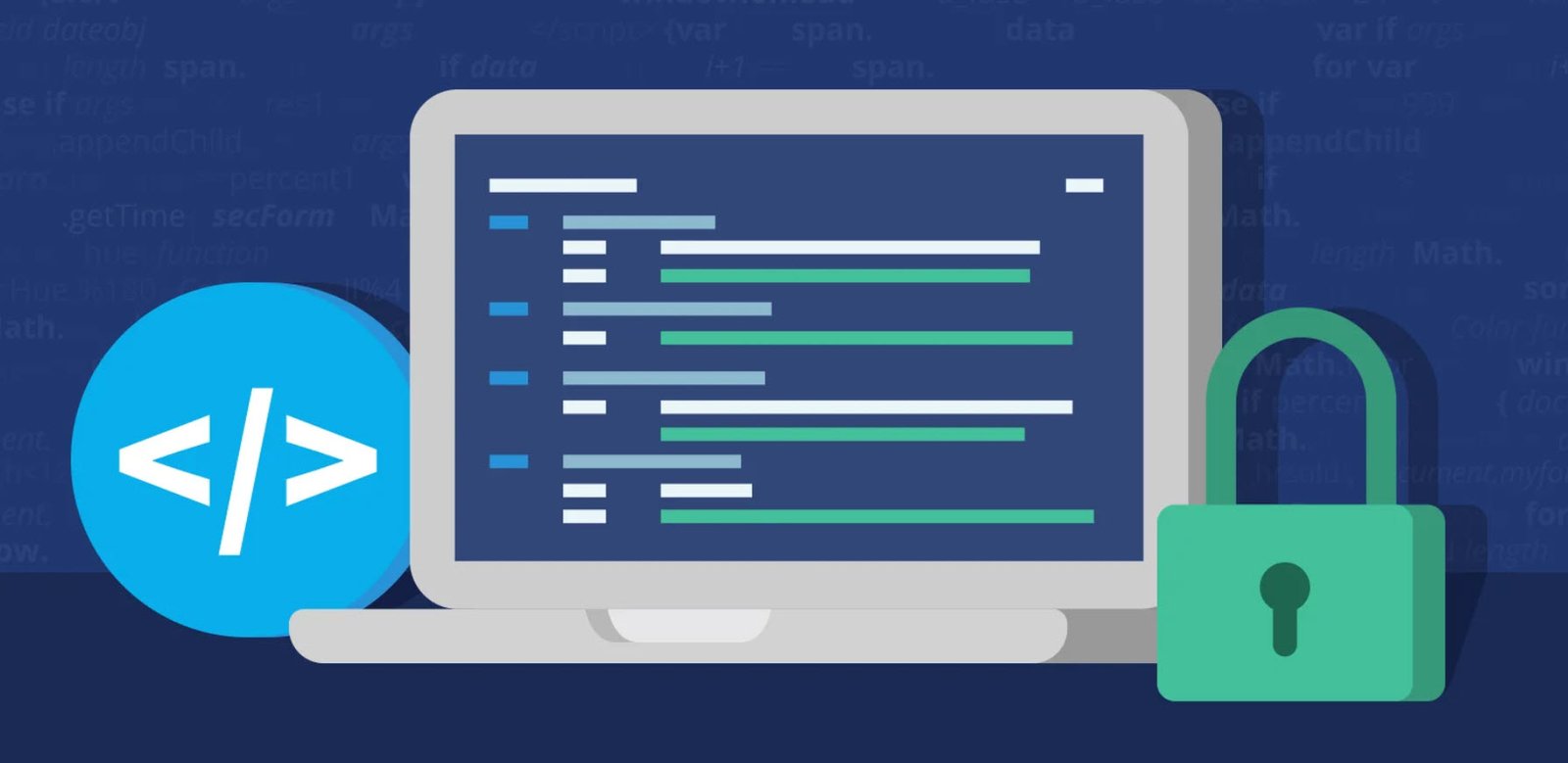
In today’s hyper-connected world, networks serve as the backbone of the digital landscape, enabling seamless communication, data sharing, and access to information. However, this interconnectedness also poses significant risks, as networks become potential targets for malicious actors seeking unauthorized access, data breaches, and service disruptions.
Securing the network is of paramount importance to protect valuable assets, sensitive data, and maintain the integrity of digital infrastructure.
This article delves into the essential steps involved in securing a network to create a robust and resilient defense against cyber threats.
- Identifying Your Network
- Establishing Security Boundaries
- Implementing Access Control
- Eliminating Vulnerabilities
- Protecting Confidential Data
- Preventing DoS Attacks
- Monitoring and Incident Response
- User Education and Awareness
1. Identifying Your Network:
Before implementing any security measures, understanding the scope and architecture of your network is crucial. Identify all the devices, servers, routers, switches, and other components that constitute your network. Determine how these components communicate with each other and the potential entry points for unauthorized access.
Conducting a comprehensive network audit allows you to gain insights into potential weak spots that might be exploited by cybercriminals.
2. Establishing Security Boundaries:
Once you have a clear picture of your network, it is essential to establish security boundaries. Segmenting your network into different security zones ensures that even if one zone is compromised, the damage is contained, and the rest of the network remains secure. Use firewalls, VLANs (Virtual Local Area Networks), and other network segmentation techniques to create boundaries between critical assets, user devices, and external networks.
3. Implementing Access Control:
Access control is a fundamental aspect of securing the network. Only authorized personnel should have access to specific resources and sensitive data. Employ strong authentication mechanisms, such as multi-factor authentication (MFA), to verify the identity of users attempting to access the network.
Role-based access control (RBAC) allows you to assign specific privileges based on the user’s role within the organization, reducing the risk of unauthorized access.
4. Eliminating Vulnerabilities:
Vulnerabilities in network devices and software are the entry points for cyberattacks. Regularly update and patch all network devices, including routers, switches, and firewalls, to address known vulnerabilities. Vulnerability scanning and penetration testing can help identify potential weaknesses in the network infrastructure, enabling you to address them before malicious actors exploit them.
5. Protecting Confidential Data:
Data is a valuable asset that requires stringent protection. Employ encryption to secure data both in transit and at rest. Use secure communication protocols such as HTTPS and SSH to safeguard sensitive information during transmission. Additionally, consider implementing data loss prevention (DLP) mechanisms to prevent the unauthorized exfiltration of data from the network.
6. Preventing DoS Attacks:
Denial-of-Service (DoS) attacks can cripple a network by overwhelming it with excessive traffic, rendering it unavailable to legitimate users. Mitigate the risk of DoS attacks by using rate limiting, traffic shaping, and intrusion prevention systems (IPS) to identify and block suspicious traffic patterns. Load balancing can also help distribute traffic across multiple servers, reducing the impact of a potential DoS attack.
7. Monitoring and Incident Response:
Implement a robust network monitoring system to detect anomalies and potential security breaches. Intrusion Detection Systems (IDS) and Intrusion Prevention Systems (IPS) can automatically detect and respond to suspicious activities. Establish an incident response plan to efficiently handle security incidents, minimize damage, and restore normal network operations swiftly.
8. User Education and Awareness:
Despite having robust security measures, human error can still be a significant risk to network security. Conduct regular security awareness training for employees and users to educate them about common cyber threats, phishing attempts, and best practices for maintaining a secure network environment.
In conclusion, securing the network is an ongoing and dynamic process that requires a multi-layered approach. By identifying the network, establishing security boundaries, implementing access control, eliminating vulnerabilities, protecting data, preventing DoS attacks, and fostering a culture of security awareness, organizations can fortify their networks against cyber threats.
Proactive measures and continuous monitoring are essential to stay one step ahead of the ever-evolving threat landscape and ensure the integrity and availability of critical network resources. By prioritizing network security, we can collectively contribute to a safer digital world.
You may also like:- Gmail and Facebook Users Advised to Secure Their Accounts Immediately
- Pentagon’s Proactive Approach to Cybersecurity – Over 50,000 Vulnerability Reports Since 2016
- Windows Hardening – Key Points To Remember
- Top 10 Fundamental Questions for Network Security
- How to Remove x-powered-by in Apache/PHP for Enhanced Security
- 12 Point Checklist – PHP Security Best Practices
- Secure Programming Checklist – 2023 Compilation Guide
- The Ultimate Network Security Checklist – 2023 Complete Guide
- A Comprehensive Guide to Crafting Strong Passwords
- Top 28 Essential Tips To Safeguard Your Computer








